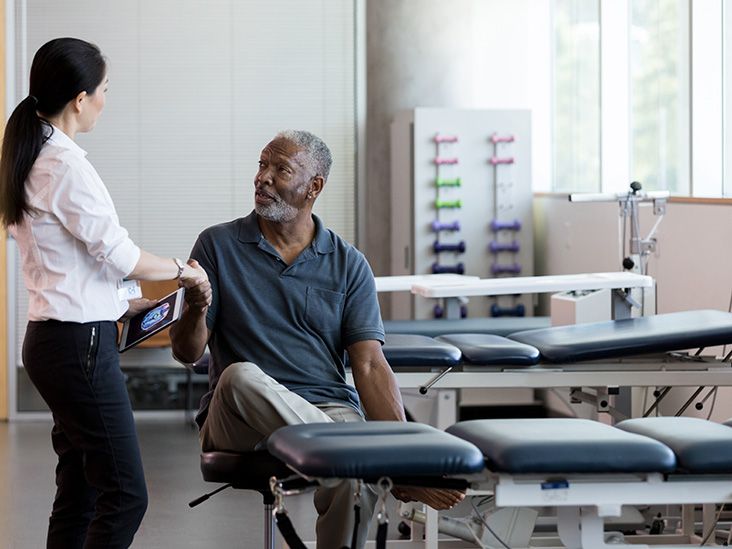Empowering Recovery Through Physical Treatment Post Surgery
Empowering Recovery Through Physical Treatment Post Surgery
Blog Article
Rehabilitating from surgery can be a challenging process, but physical therapy plays a vital role in helping individuals regain their strength and movement. After the procedure, the body needs time to recover, and rehabilitation provides a structured approach to healing. This process not only centers on bodily rehabilitation but also emphasizes the significance of mental well-being. By participating in physical therapy, patients can enable themselves to take control of their healing and improve their overall standard of life.
Physical therapy after an operation typically starts with an evaluation by a certified physical therapist. This expert assesses the patient's status, including their scope of motion, strength, and pain levels. Based on this assessment, a personalized treatment plan is created. This plan may include exercises to enhance flexibility, muscle-building to restore muscle, and methods to improve balance and stability. The therapist will lead the patient through these workouts, making sure they are executed safely and efficiently. This tailored approach helps patients progress at their own pace while addressing their specific needs.
One of the main advantages of rehabilitation is discomfort management. After the procedure, many patients feel discomfort or pain, which can hinder their ability to move and engage in daily tasks. Physical therapists use various techniques, such as manual therapy, treatments like heat or ice, and targeted workouts, to help reduce pain. By managing pain effectively, patients can engage more fully in their recovery workouts, leading to quicker recovery. Additionally, learning how to manage pain can enable patients to take an active role in their healing process.
Another important aspect of physical therapy is instruction. Patients are informed about their condition, the healing process, and the significance of following to their recovery program. This knowledge helps patients understand what to anticipate during recovery and the role they play in their own recovery. Physical therapists also offer advice on how to modify daily activities to avoid further injury and promote healing. This informative component encourages a sense of independence and confidence, allowing patients to feel more empowered of company website their healing journey.
In summary, physical therapy is an essential component of healing after an operation. It not only aids in bodily rehabilitation but also promotes emotional and emotional well-being. Through personalized treatment plans, discomfort management techniques, and educational support, physical therapy empowers patients to manage of their healing. By actively participating in their recovery, individuals can regain their strength, enhance their movement, and enhance their overall standard of life. Accepting physical therapy after an operation can result to a successful and fulfilling healing experience.